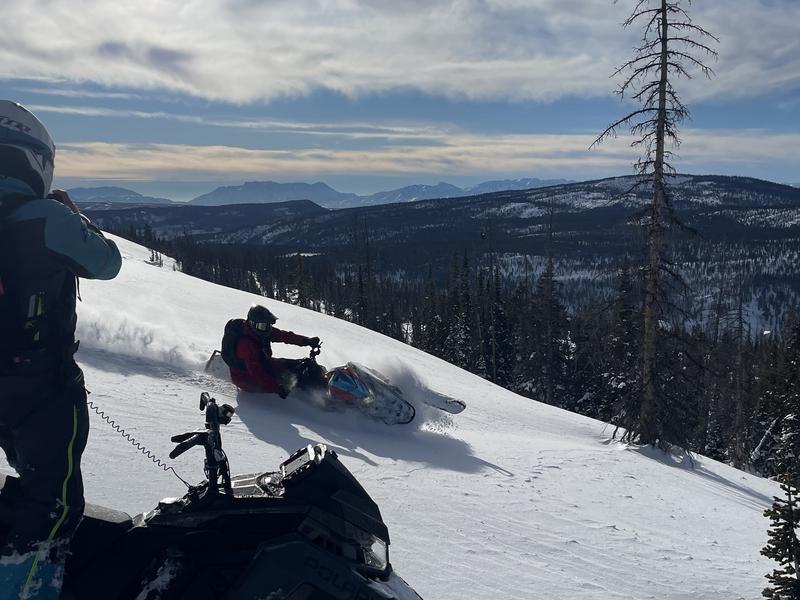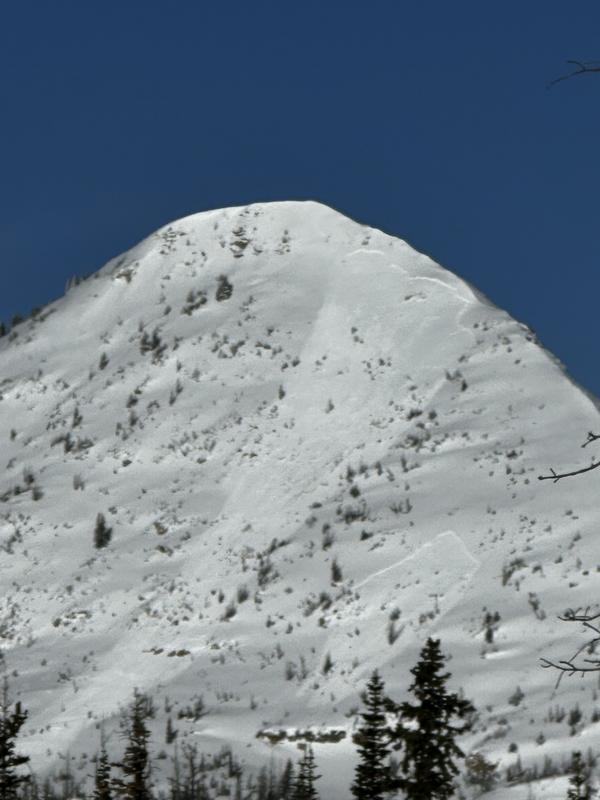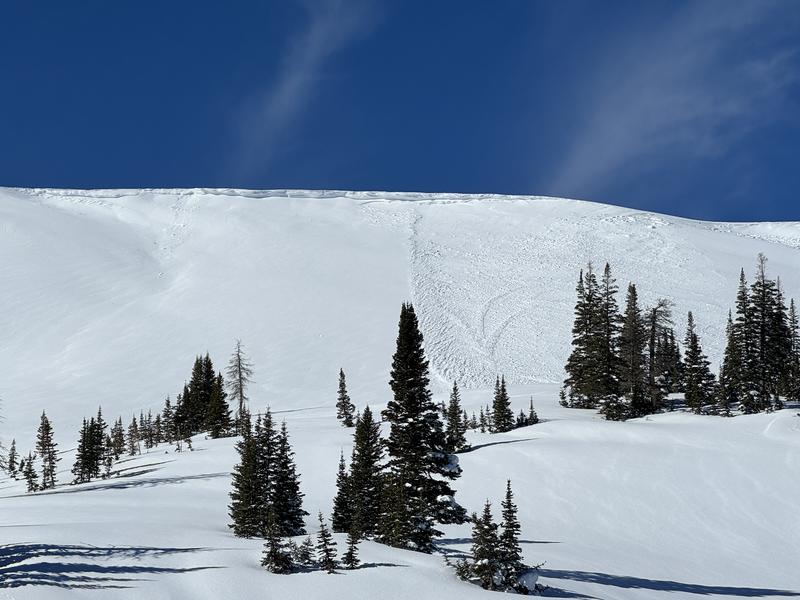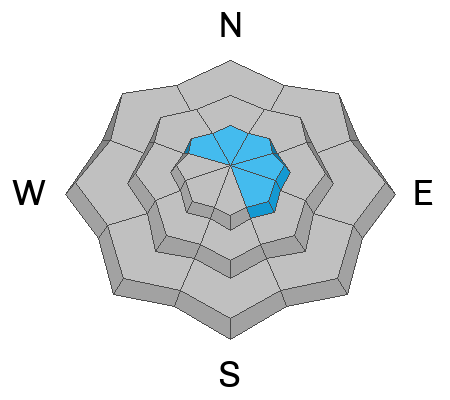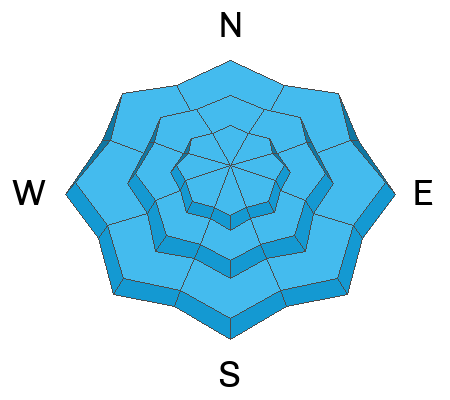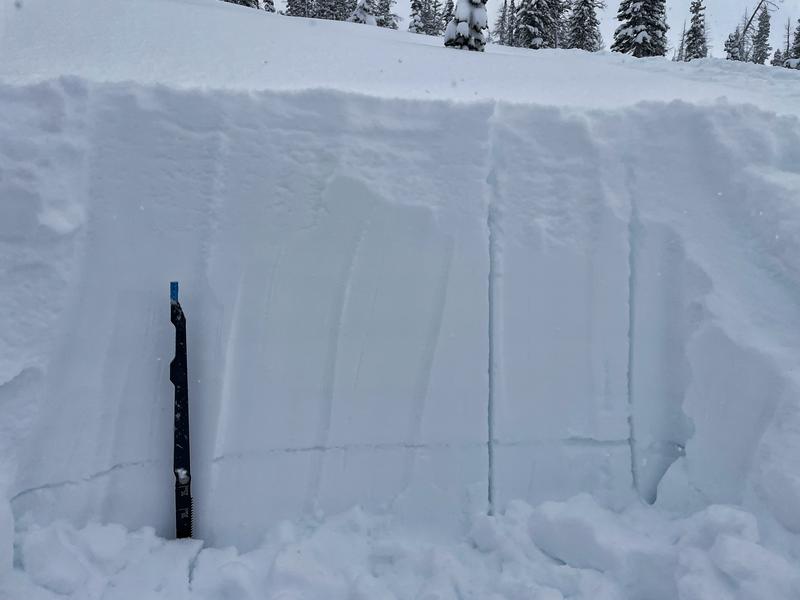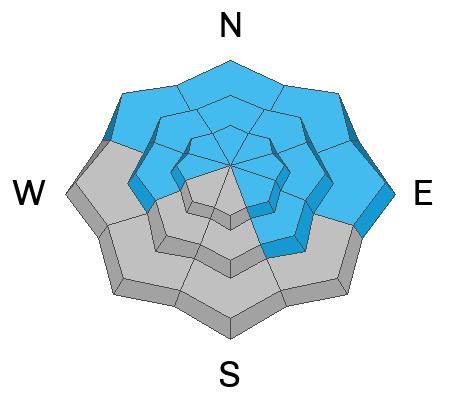Forecast for the Uintas Area Mountains

Issued by Mark Staples on
Monday morning, February 19, 2024
Monday morning, February 19, 2024
The main issue today is recent snow that has been drifted by winds from the south and west forming soft slabs that can easily be triggered mostly above treeline where the avalanche danger is CONSIDERABLE.
Several weak layers are lurking in the snowpack near and below treeline where human triggered slides are possible and the avalanche danger is MODERATE.
Tons of people have been out riding safely and avoiding avalanches. The Uintas are loaded with slopes less than 30 degrees in steepness that aren't steep enough to slide and are always a great option. With the complexity in the snowpack right now, riding these low angle slopes is my main strategy to avoid avalanches.
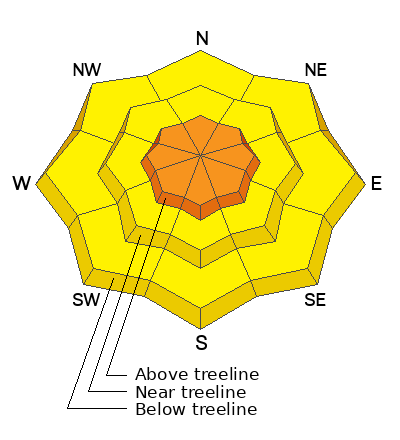
Low
Moderate
Considerable
High
Extreme
Learn how to read the forecast here


